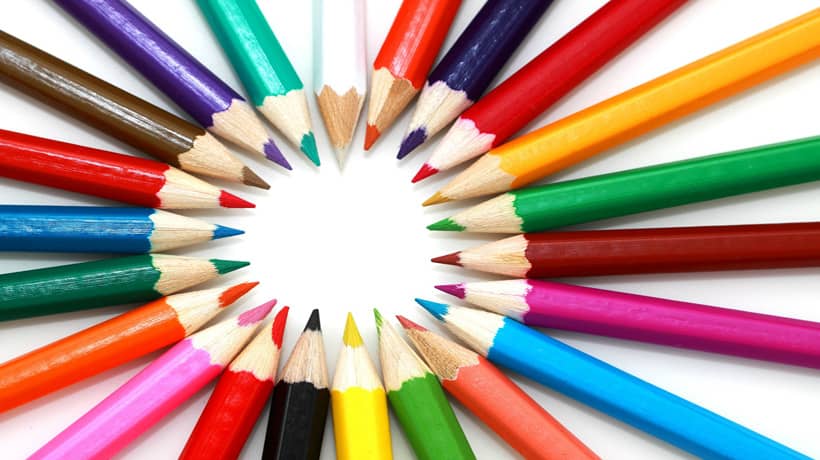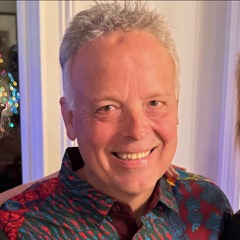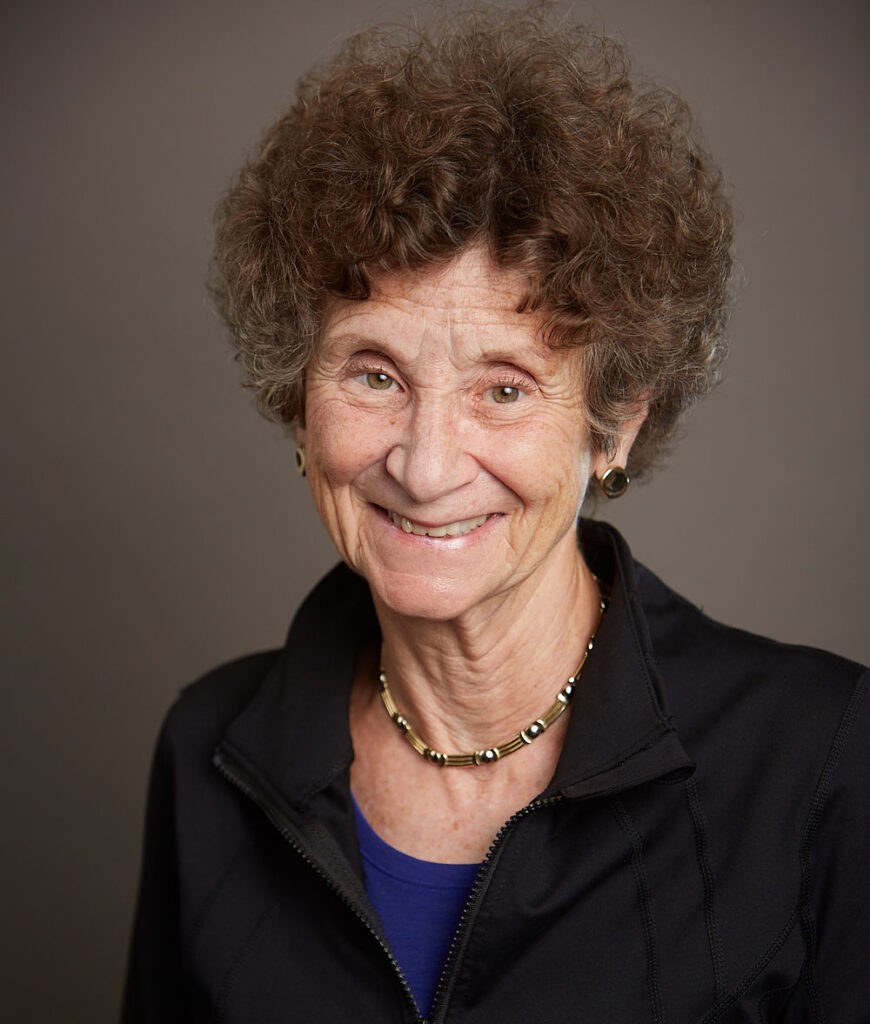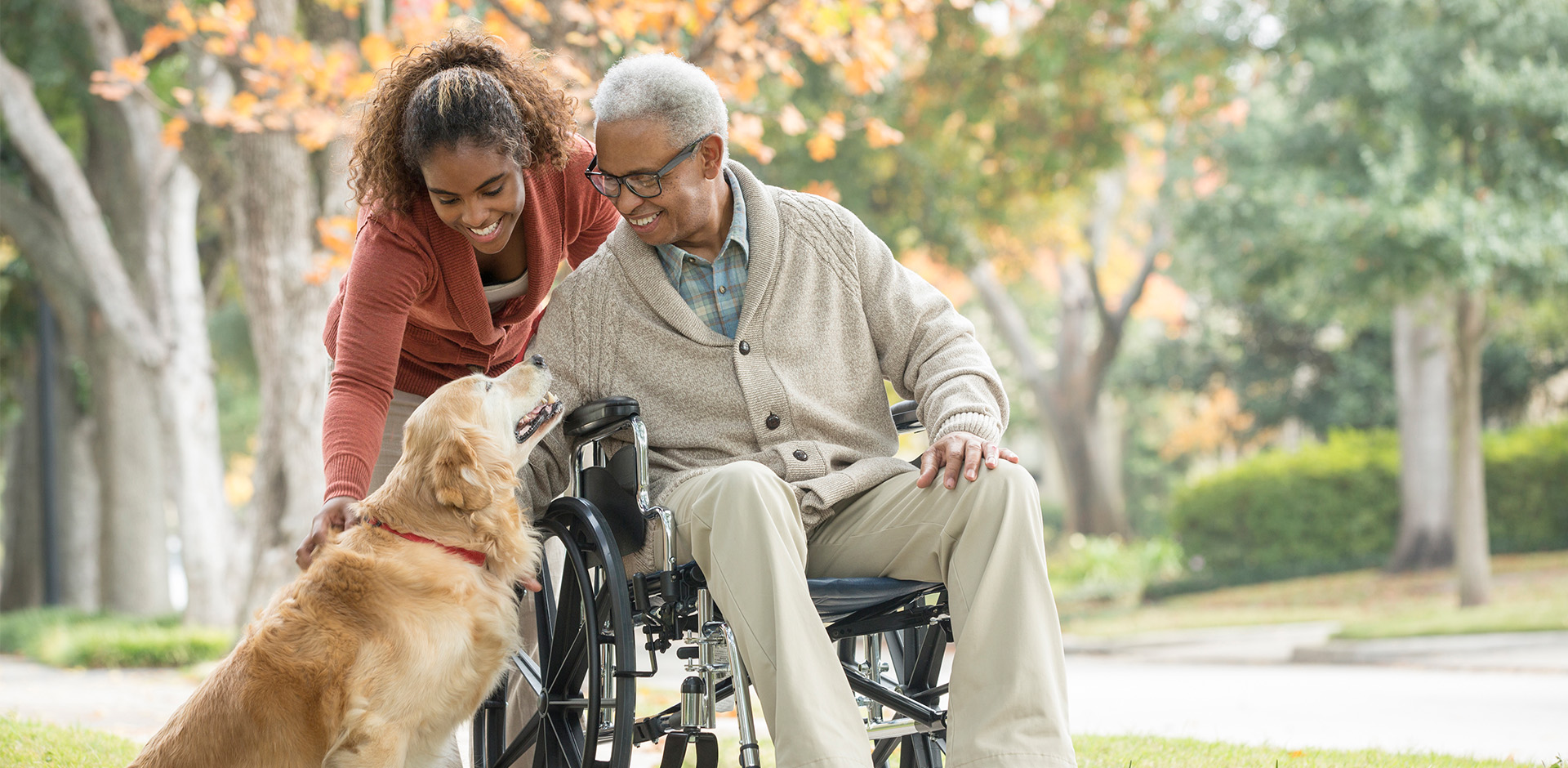Using the Arts as an Integrative Treatment for Pain (Part 2) – Art Therapy
Enjoying music, visual arts, certain forms of architecture and other types of artistic expression can provide a role in pain management.
In our Fall/Winter 2014 newsletter we shared the benefits of Music therapy as an integrative treatment for pain. In the second part of this series we will consider Art Therapy’s role in Pain Management.
We’ve long known that music can soothe the savage beast, but we now know that it also helps heal the ravaged body. When people who are ill are surrounded by the healing arts—such as music, painting, architecture and theater—they feel less pain and with some illnesses patients recover more quickly.
Anecdotal evidence from doctors and patients about these benefits is nothing new, but recently the palliative effects of exposure to art during recovery have been carefully studied. As a result, more and more medical schools and hospitals consider engagement with art to be an essential component of proper patient care. In fact, according to a survey by the Society for the Arts in Healthcare, more than 2,500 hospitals invest in arts programming. Of these, 95 percent use the arts to serve their patients, 79 percent use the arts to help create a healing environment, 79 percent employ arts coordinators, and 50 percent partner with community arts agencies.
“There’s very good evidence that engaging patients in art and music is one way to make the burden of illness and periods of care more tolerable,” says Harry Jacobson, M.D., a nephrologist and vice chancellor for health affairs at Nashville’s Vanderbilt University Medical Center, which brings many forms of art to patients’ bedsides.
The 1946 preamble of the World Health Organization defines health as a state of complete physical, mental, and social well-being rather than merely the absence of disease or infirmity. Implied in this definition is the tie to changes in health as a result of an action; including, the connection between artistic engagement and the psychosocial and biological manifestations of that connection. More specifically, there is evidence that engagement with artistic activities, either as an observer of the creative efforts of others or as an initiator of one’s own creative efforts, can enhance one’s moods, emotions, and other psychological states as well as have a salient impact on important physiological outcomes.
Medical art therapy is “The specialized use of art expression and imagery with individuals who are physically ill, experiencing trauma to the body, or who are undergoing aggressive medical treatment such as surgery or chemotherapy.”
Research suggests a number of benefits of art therapy. The first is art as a means for patients suffering a serious illness or chronic pain to open up about what they are experiencing to others. There are obvious psychological benefits from sharing and confiding in others but some researchers have verified physiological benefits as well. Art therapists often find that art expression can help patients transform, finding new meaning in life, a sense of empowerment and a feeling of mastery.
Artistic expression can also provide an escape and relief from physical pain. It seems creative activities increase the blood flow to the brain, enhancing brain functioning and the production of serotonin which decreases depression. As a treatment for chronic pain one study noted that artistic expression allows an individual to distract oneself from pain and see oneself as being able to create – although in pain. Participants noted a decrease in anxiety, and depression and reported it as a positive pain management strategy.
Medical art therapy opens many possibilities and may show to be a valuable addition to classical medicine providing a more holistic approach to treatment where medicine and surgery come short. Medical art therapy shows the importance of not reducing a patient to an illness, but rather encourage the person to stand above their illness not letting the disease take control over their life. Something that can easily be forgotten in today’s “modern” medicine.






